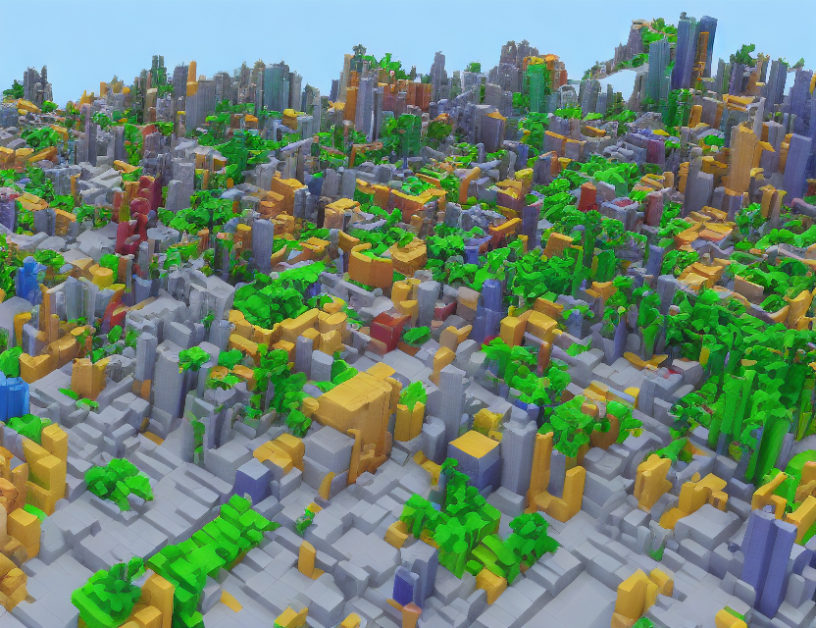Imagine you’re a detective trying to solve a mystery in a three-dimensional world. You have various tools at your disposal, including cameras, sensors, and AI algorithms, but choosing the right ones can be overwhelming. In this article, we’ll delve into recent advancements in 3D vision techniques, exploring their applications, challenges, and potential breakthroughs.
Section 1: Methodology
To tackle a 3D mystery, you need the right approach. Researchers have developed several methods to enhance 3D visualization, including Mayavi (Ramachandran & Varoquaux, 2011) and Categorical Depth Distribution Network (Reading et al., 2021). These techniques enable us to create detailed, accurate 3D models of objects or environments.
Section 2: Scene Occupancy
Imagine you’re in a haunted house; it’s dark, and you need to find your way out. To navigate through the building, you need to know who else is there, what they’re doing, and how they might be able to help or hinder your progress. In 3D vision, scene occupancy refers to the ability to detect and track objects in a 3D environment (Sima et al., 2023). This technique allows us to understand the layout of a space and interact with objects within it.
Section 3: Lightweight Multiscale 3D Semantic Completion
Imagine you’re on a treasure hunt, but your map only covers half of the island. To find the hidden loot, you need more information about the terrain. Lmscnet (Roldao et al., 2020) is a lightweight technique that fills in the gaps of a 3D model, providing a more comprehensive picture of the environment. This method enables us to enhance the details of a 3D model without adding unnecessary complexity.
Section 4: Deepvoxels: Learning Persistent Features
Imagine you’re trying to recognize an old friend but can only see their profile. To identify them, you might use facial features like the distance between their eyes or the shape of their nose. In 3D vision, deepvoxels (Sitzmann et al., 2019) are a technique that focuses on learning persistent features, such as the shape and color of objects in a 3D environment. These features allow us to recognize and track objects even when they’re partially occluded or under different lighting conditions.
Section 5: Tesla AI Day
Tesla, a pioneer in electric cars and clean energy, recently hosted an AI day event. The company showcased its latest advancements in computer vision, including object detection (Vaswani et al., 2017) and neural implicit surface reconstruction (Wang et al., 2021). These techniques enable vehicles to recognize objects in their surroundings and create detailed 3D models of the environment.
Conclusion
In conclusion, recent advancements in 3D vision have enabled us to solve mysteries in a three-dimensional world. From enhancing visualization to detecting and tracking objects, these techniques have improved our ability to interact with and understand 3D environments. As technology continues to evolve, we can expect even more sophisticated methods to emerge, helping us tackle complex challenges and uncover new discoveries in the world of 3D vision.



